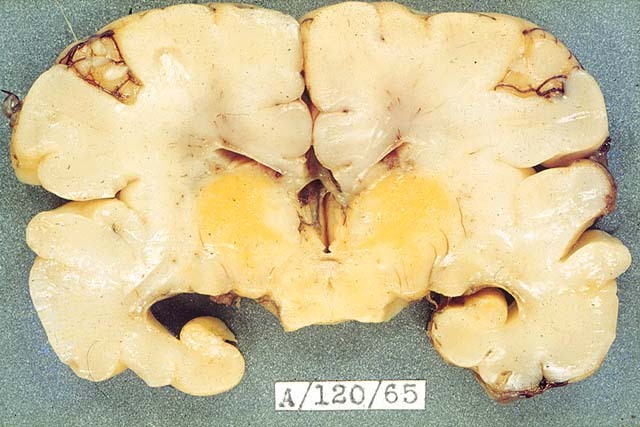- Joined
- Nov 26, 2013
- Messages
- 1,349
- Reaction score
- 193
I will start first, so feel free!
6 years old boy visits hospital with his Mom. He complains about his headache and seems to walk strangely. Upon MSK exam, you noticed the boy is having upper extremity muscle weakness. When you use a cotton wisp to assess the patient's sensation, there is no abnormal sensation. What is the most likely diagnosis?
6 years old boy visits hospital with his Mom. He complains about his headache and seems to walk strangely. Upon MSK exam, you noticed the boy is having upper extremity muscle weakness. When you use a cotton wisp to assess the patient's sensation, there is no abnormal sensation. What is the most likely diagnosis?

